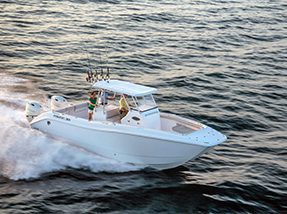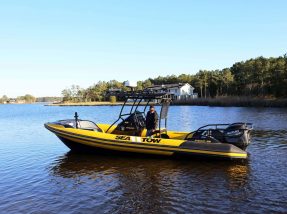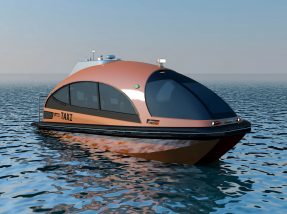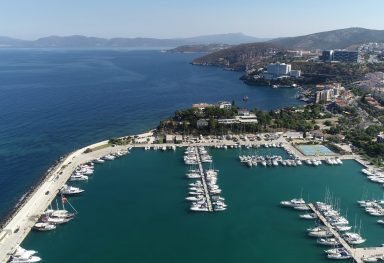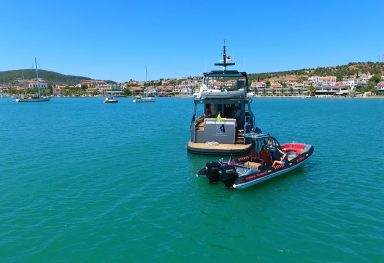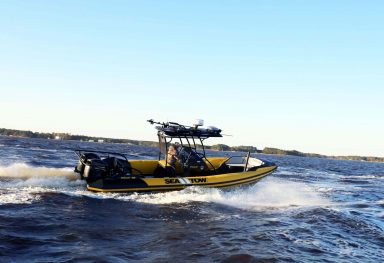History
CAPE OF STORMS: THE BIRTHPLACE OF HYSUCAT
The rocky headland of South Africa is the place where two great oceans — the Indian and Atlantic — meet. It’s also the place where the Hysucat hydrofoil boat was developed.
Fifteenth century Portuguese explorer Bartolomeu Dias, headed east on a trade mission, called what he thought was the tip of South Africa the Cape of Storms. That he incorrectly identified what today is known as the Cape of Good Hope as the southernmost point (Cape Agulhas, which lies farther south, is) doesn’t matter, the description of the tough marine weather does.
The waters off South Africa are adjacent to seas that contain eddies from the warm-water Agulhas current and the cold-water Benguela current. Also, volatile weather produced from low- and high- pressure systems coming from Antarctica and the South Atlantic Ocean influence conditions. Closer in, onshore setting currents near all headlands, which are bound by reefs, make any type of water travel a test.
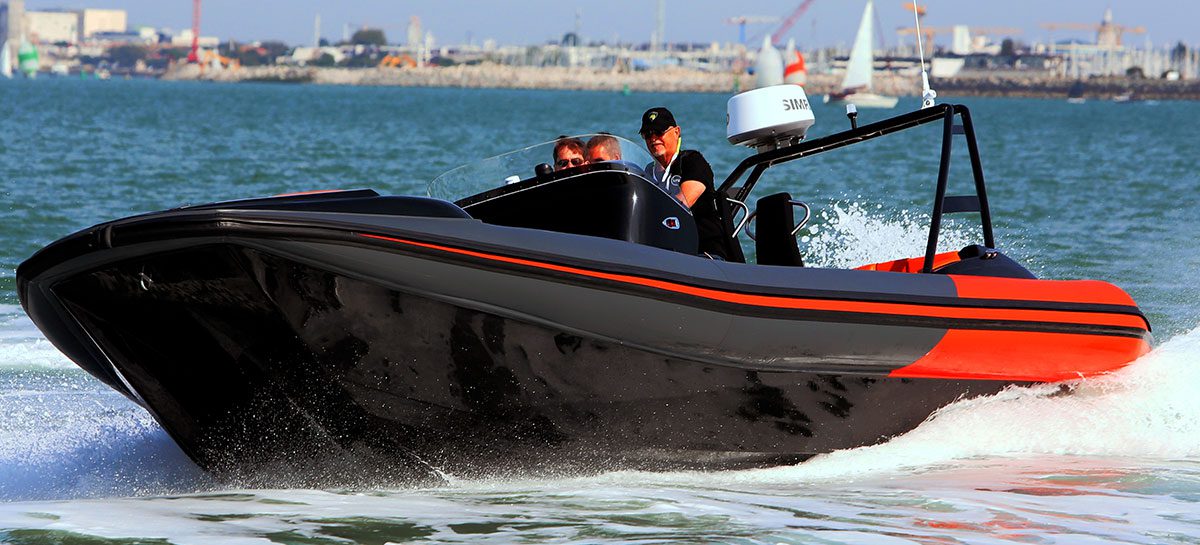
This backdrop was the setting for university research and development of a boat in the 1980s that delivers superior control. Hysucat — an acronym for hydrofoil-supported catamaran — became a milestone in the history of hydrofoil boat technology and has led to a new breed of hybrid hull designs.
The Perfect Hydrofoil Boat
Hysucat’s hydrofoil boat is the combination of a distinctively designed hull and foil incorporating hydrofoil science and technology. The inventor of the Hysucat patented concept is Professor (emeritus) Karl-Gunter Hoppe, who earned a PhD in naval architecture and taught fluid mechanics at the University of Stellenbosch in South Africa. Malan Conradie, a former student who collaborated with Hoppe, is the creator of today’s Hysucat brand. He’s recognized as one of the world’s most
innovative boat designers in the specialty of hydrofoil technology. Conradie had developed and produced more than 1,300 hydrofoil supported catamaran vessels to date, ranging from 16 to 52 feet.
In the early days of research, Hoppe oversaw design and refinement of Hysucat hulls and hydrofoils at the test-tank facility at the university; sea trials followed. The catamaran hull designs and the strategic location of the hydrofoils registered optimal performance, fuel efficiency, wake reduction and improved ride comfort. The superiority of Hoppe’s design was proven when it outperformed others in offshore powerboat competitions.
Buying a motorboat is one thing, flying away with a Hysucat is quite another


